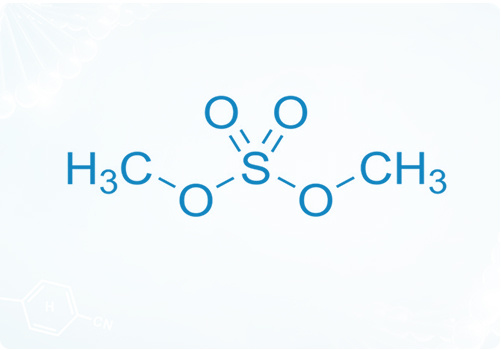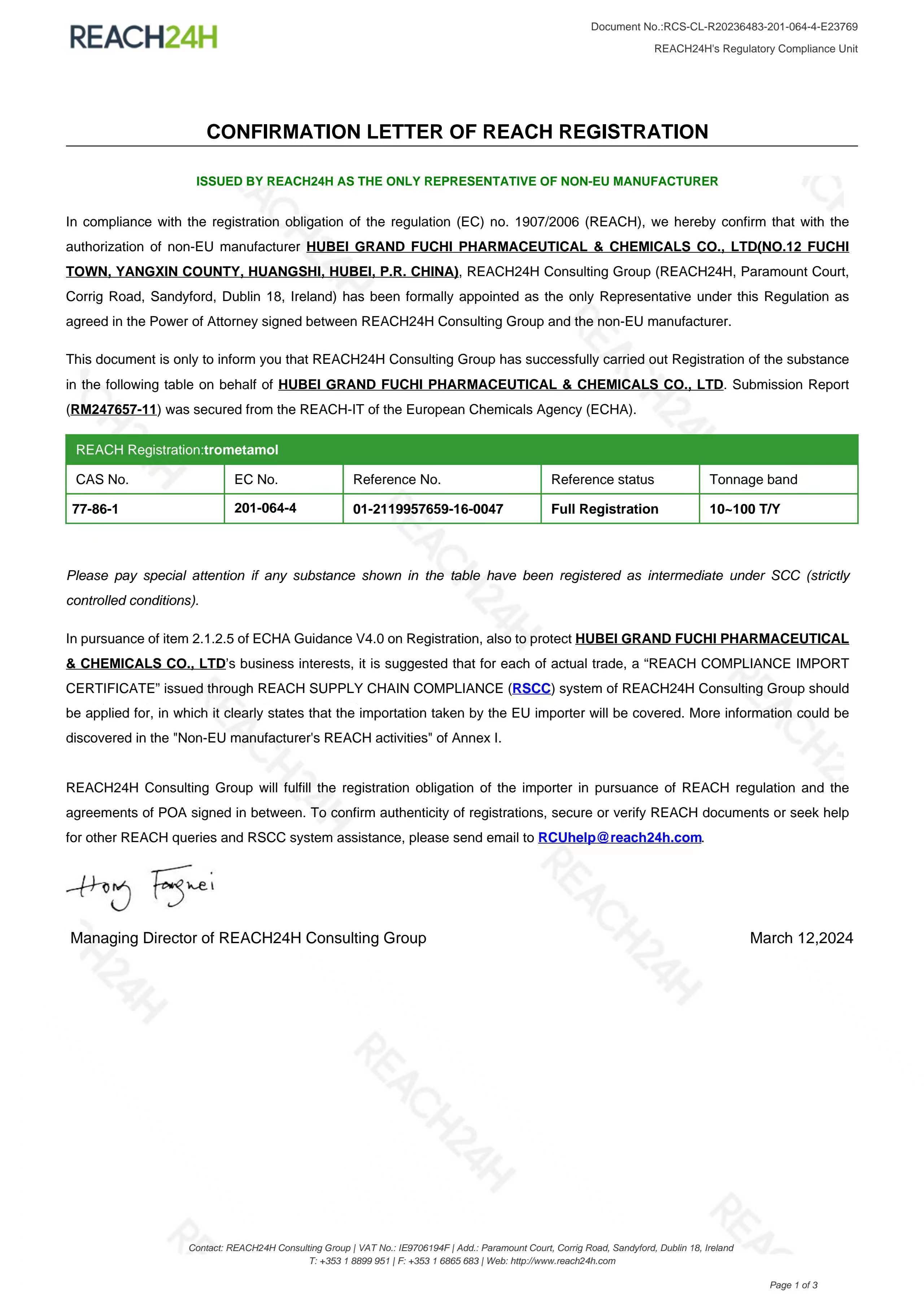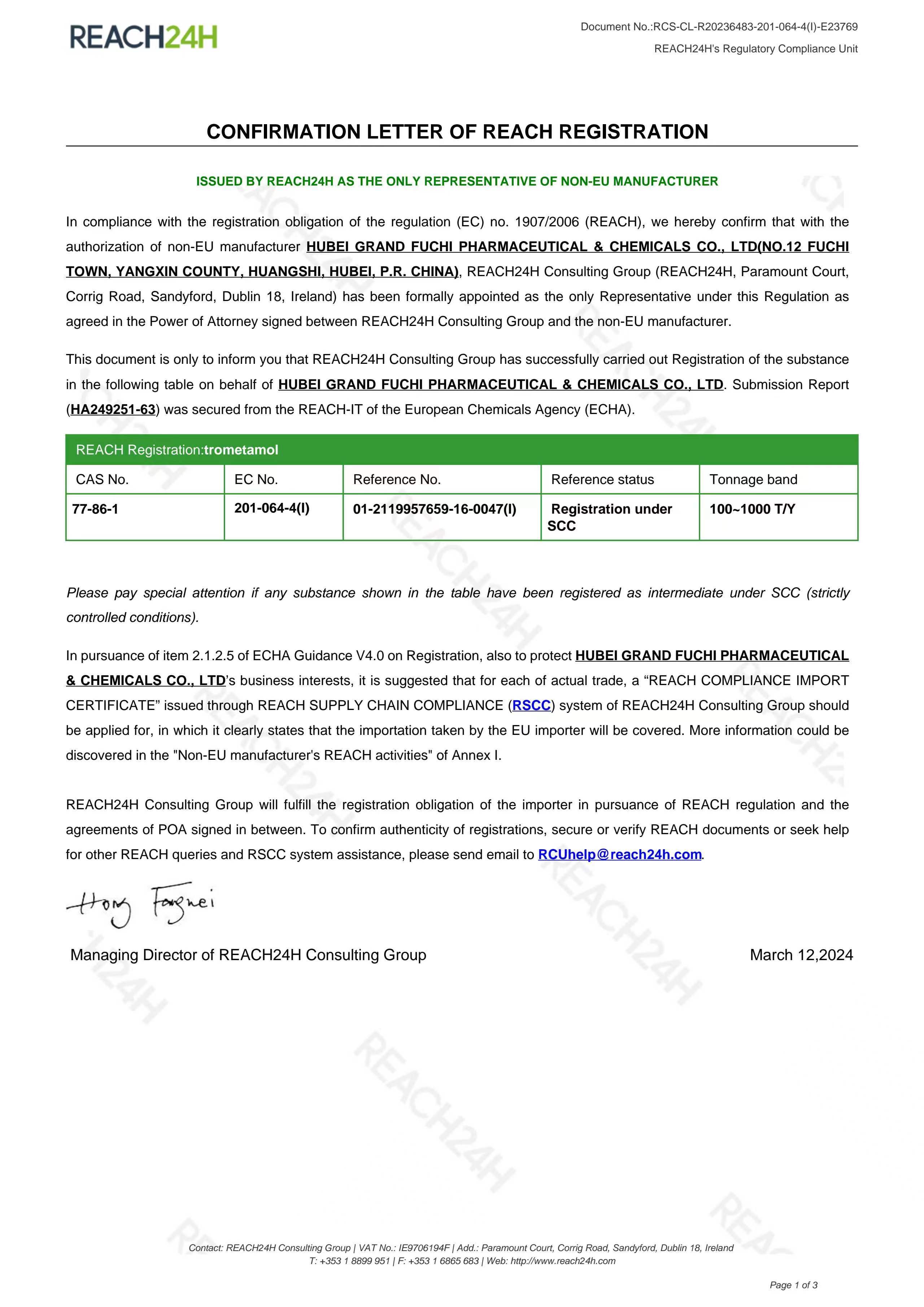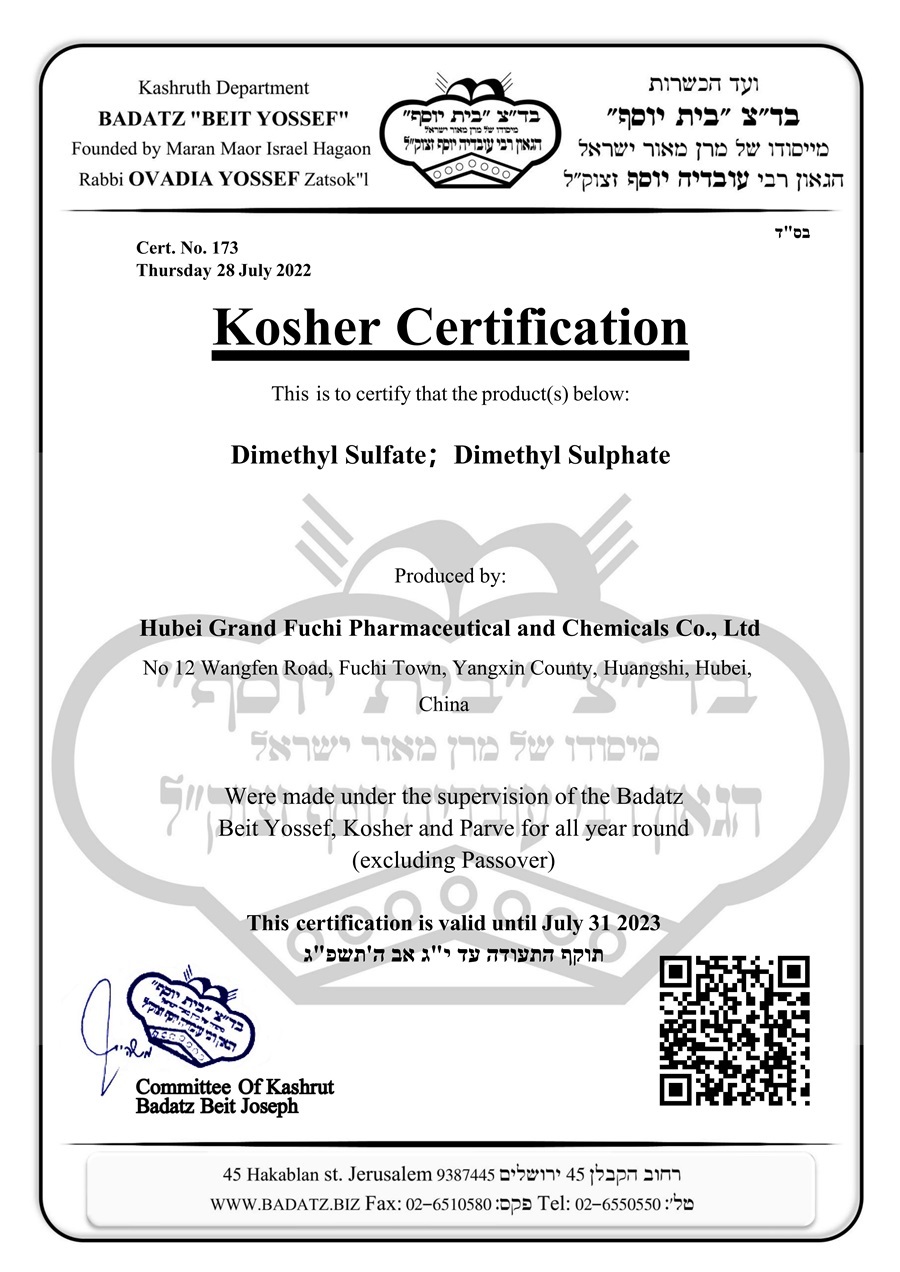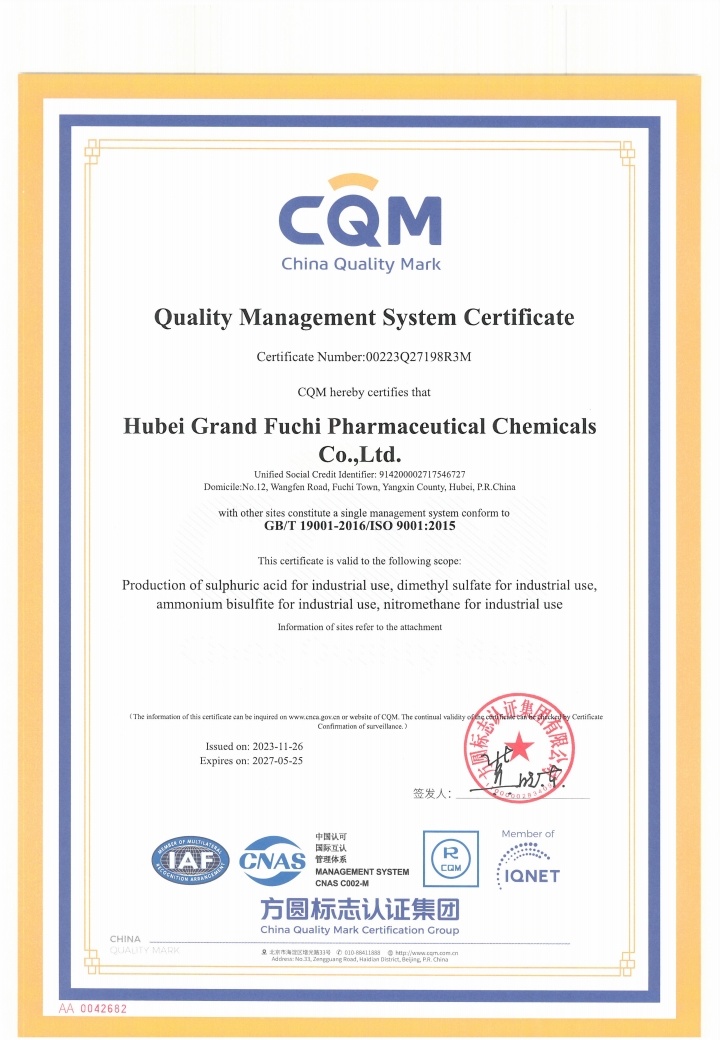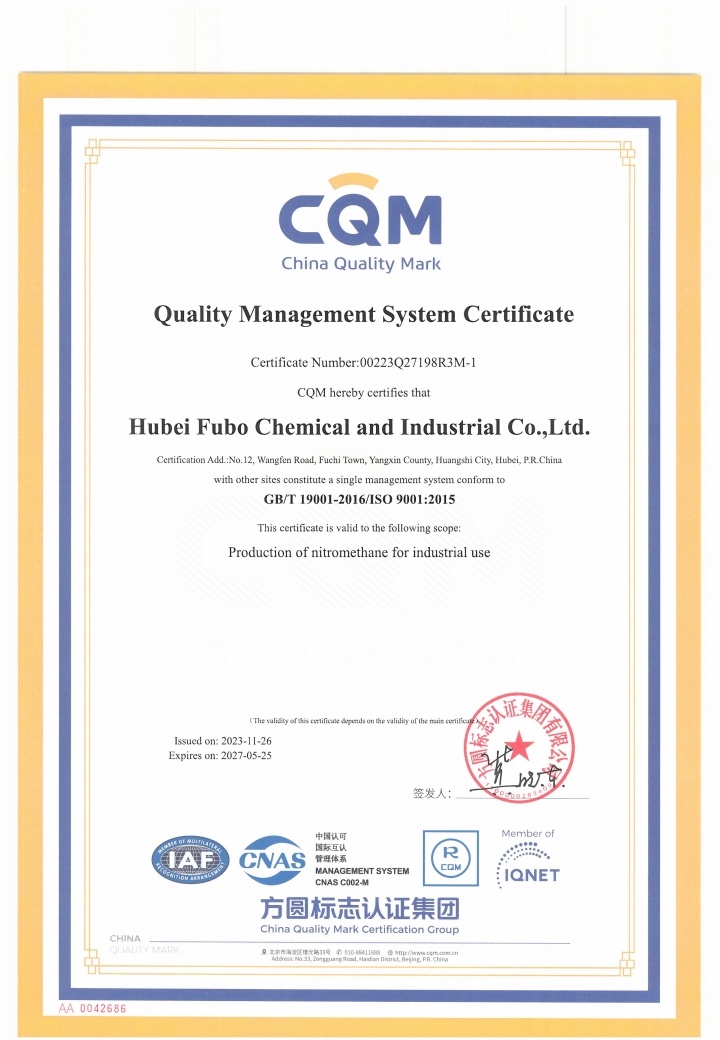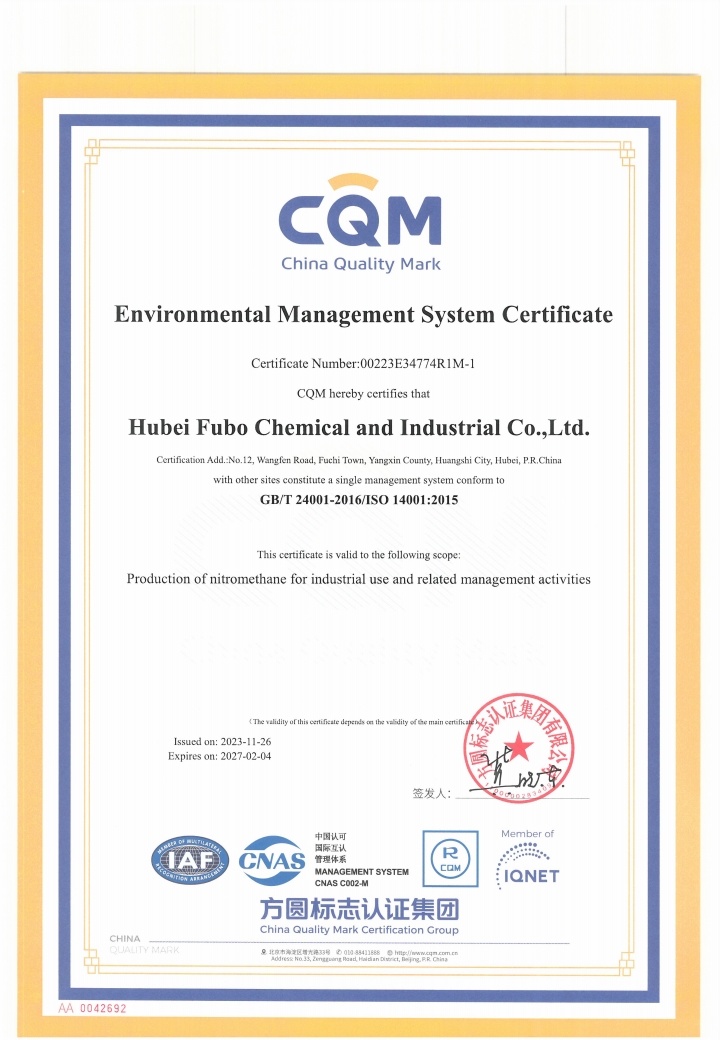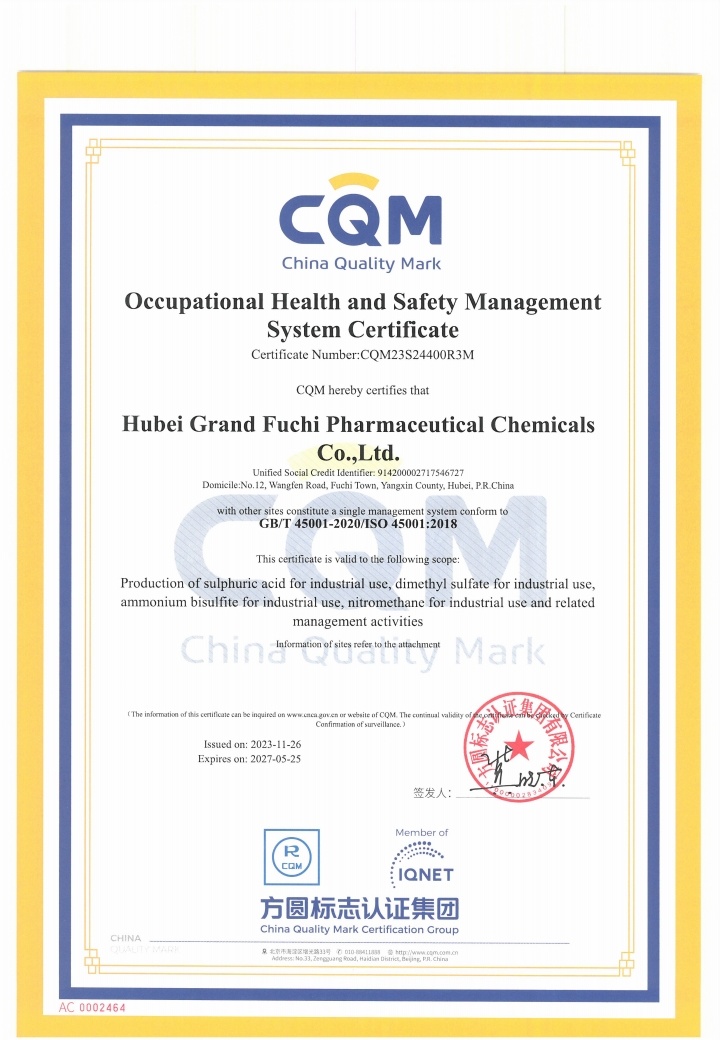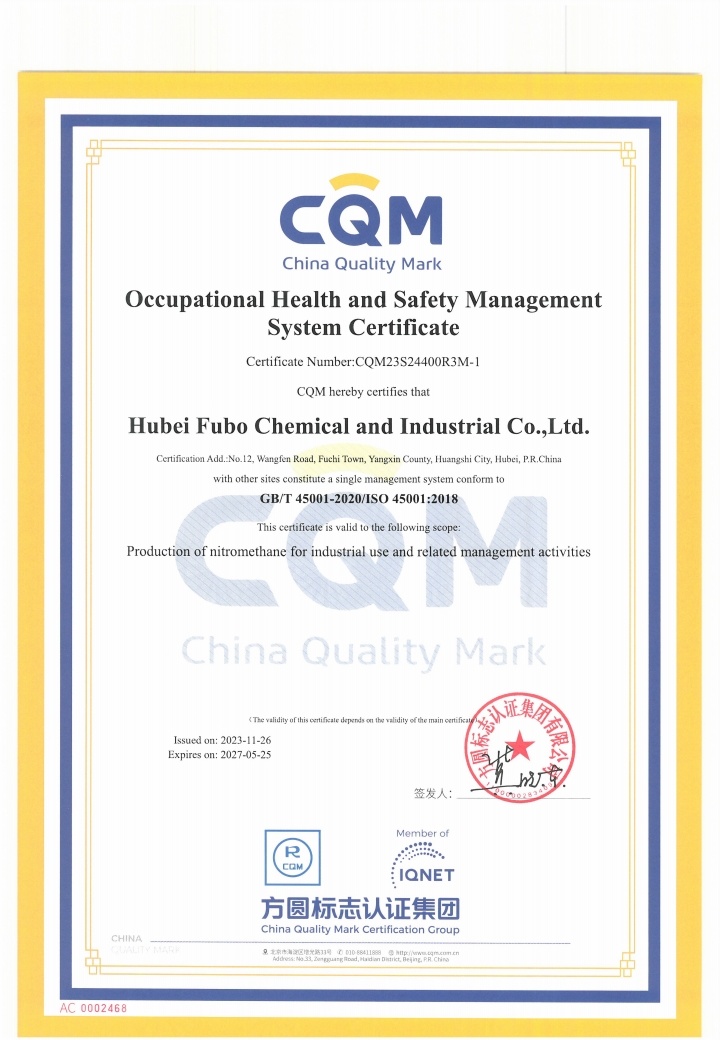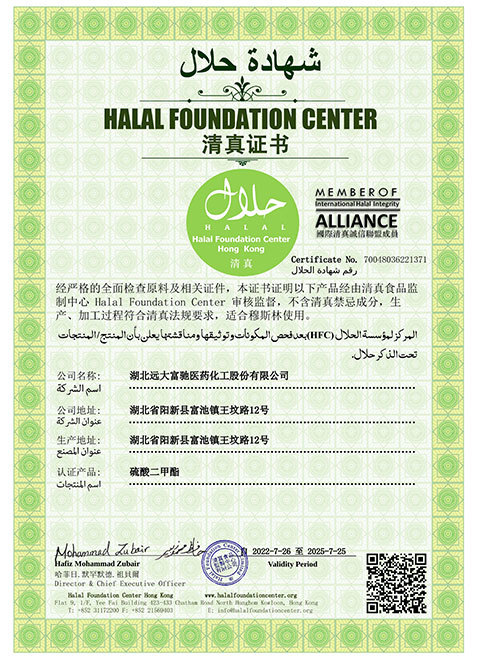Tris(hydroxymethyl)aminomethane
Basic Information
Tris(hydroxymethyl)aminomethane, also known as TRIS, THAM, Tris base, TRIZMA®, is referred to as “氨丁三醇” in the Chinese Pharmacopoeia, “Tromethamine” in the United States Pharmacopeia (USP), “Trometamol” in the European Pharmacopoeia (Ph. Eur.), “トロメタミン” in Japanese, and “트로메타민” in Korean. It usually appears as a white crystalline solid or powder, soluble in water to form an alkaline solution, and is a commonly used pH buffer widely applied in chemical engineering, cosmetics, and biomedicine fields.
CAS No.: 77-86-1
Qualifications: ISO9001:2015, ISO45001:2018, REACH certification.
Chemical Structure
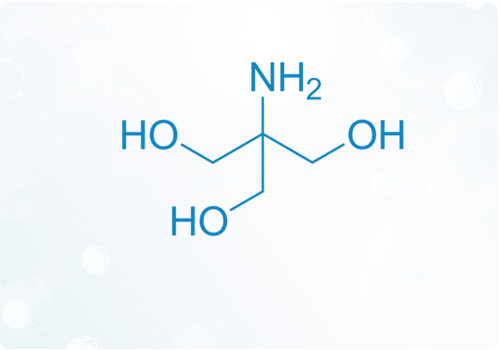
Physical Properties
- Molecular Formula: (HOCH₂)₃CNH₂
- CAS Number: 77-86-1
- Molecular Weight: 121.14
- pH Value: 10.4 (0.1M@20℃)
- pKa Value: 8.3@20℃, 7.8@37℃
- Melting Point: 168-172°C
- Appearance and State: White or colorless crystalline solid powder
- Solubility: Highly soluble in water, slightly soluble in ethanol, very slightly soluble in ethyl acetate
- Stability: Almost non-hygroscopic, non-volatile, and exhibits good physicochemical stability during storage
- Structural Features: Contains 3 hydroxyl groups and 1 primary amine, with low biological toxicity
Application
Tris(hydroxymethyl)aminomethane (Tromethamine) is widely used in the chemical, biotechnology, cosmetics, and pharmaceutical fields.
In the chemical industry, it serves as an additive in coatings to improve stability, uniformity, and film smoothness, reduce harmful organic compound content, and help maintain color stability in paints; as an adsorbent material, it controls harmful gases in the air, and modified porous materials can separate heavy metal ions from liquids; in cleaning solutions, it provides pH buffering capacity, enhances cleaning efficiency, improves stability, and prevents damage to the substrate; in battery materials, it regulates pH levels, optimizes electrolyte performance, and enhances the stability of electrolytes.
In the biotechnology field, it is used in gel electrophoresis buffers to maintain pH stability; it is a component of PCR detection buffer systems, improving amplification efficiency and specificity; during fish transportation, it eliminates carbon dioxide, regulates pH, and increases fish survival rates; in in vitro diagnostic reagents, it stabilizes pH, activates enzymes, and eliminates non-specific adsorption; it helps dissolve biomolecules and maintains their stability.
In cosmetics, it acts as a pH buffer, solubilizer, emulsifier, humectant, etc., and is widely used in various products, replacing triethanolamine while maintaining emulsion color stability.
In pharmaceuticals, it serves as a pH buffer for contrast agents, ensuring their uniformity and stability; it is used in biologics to preserve biological activity; as a pharmaceutical excipient, it enhances drug solubility and bioavailability; and as an active pharmaceutical ingredient, it prevents or corrects acidosis, making it suitable for emergency treatment of various special conditions.
For more product application introductions, please check this article:
►《Tromethamine:A Versatile Compound from Chemical Industry to Medicine》
Our Advantage

Hubei Grand Fuchi Pharmaceutical and Chemical Co., Ltd. is proud to introduce Tromethamine, which represents the company's commitment to excellence in quality. Fuchi's Tromethamine uses self-produced highest specification nitromethane as raw material to ensure the highest purity control at the source and the lowest nitrosamine risk. Grand Fuchi is not satisfied with the traditional single-batch reactor synthesis method, but insists on using the industry-leading continuous fixed-bed production process, ensuring the high quality of the product and achieving extreme quality uniformity between different batches.
-
Excellence in Quality: The product has high purity, stable performance, and no nitrosamine risk, making it an ideal choice for your pharmaceutical excipients.
-
Consistent Batch Quality: With continuous production, the quality of each batch of products is ensured to be uniform, reducing uncertainty in the production process and improving your production efficiency.
-
Environmental Responsibility: The product reduces its impact on the environment during the production process, meeting the requirements of current environmental protection regulations and helping your company achieve sustainable development.
-
Cost Effectiveness: Whether as a substitute for imported products or to reduce production costs, it demonstrates international first-class competitiveness.
Classification
| Specification | |||
|---|---|---|---|
| Attribute | Ultrapure Pharmaceutical | Pharmaceutical | Industrial |
| Appearance and Color | White, Crystalline Powder | White, Crystalline Powder | White, Crystalline Powder |
| Appearance of Solution | Passes Test | Passes Test | --- |
| Assay (dried basis) | 99.8-100.1% | 99.8-100.1% | 99.8-100.1% |
| Melting Range | 168-172°C | 168-172°C | 168-172°C |
| pH (5% aq. ) | 10.0-11.5 | 10.0-11.5 | 10.0-11.5 |
| Identification IR | Passes Test | Passes Test | --- |
| Chloride | ≤ 3 ppm | ≤ 3 ppm | --- |
| Related Substances | Passes Test | Passes Test | --- |
| Loss on Drying | ≤ 0.2% | ≤ 0.5% | ≤ 0.5% |
| Residue on Ignition/Sulfated Ash | ≤ 0.05% | ≤ 0.05% | --- |
| Iron (Fe) | ≤ 1 ppm | ≤ 1 ppm | ≤ 5 ppm |
| Nickel (Ni) | ≤ 2 ppm | ≤ 15 ppm | --- |
| Heavy Metals (as Pb) | ≤ 5 ppm | ≤ 5 ppm | ≤ 5 ppm |
| Endotoxins | ≤ 0.03 EU/mg | ≤ 0.03 EU/mg | --- |
| 260nm Absorbance (40% aq.) | 0.07 a.u. max. | 0.07 a.u. max. | --- |
| 280nm Absorbance (40% aq.) | 0.07 a.u. max. | 0.07 a.u. max. | --- |
| 290nm Absorbance (40% aq.) | 0.1 a.u. max. | 0.1 a.u. max. | 0.2 a.u. max. |
| 400nm Absorbance (40% aq.) | 0.02 a.u. max. | 0.02 a.u. max. | --- |
| Insoluble Matter in water | ≤ 0.005% | ≤ 0.005% | ≤ 0.005% |
| APHA Color (20% aq.) | ≤ 20 | ≤ 20 | --- |
| Calcium (Ca) | ≤ 1 ppm | --- | --- |
| TAMC | ≤ 100 CFU/g | --- | --- |
| TYMC | ≤ 100 CFU/g | --- | --- |
| Secondary Amines | ≤ 0.5% | --- | --- |
| Nitrosamine | ≤ 50 ppb | --- | --- |
| Nitromethane | ≤15 ppm | --- | --- |
| Methanol | ≤ 300 ppm | --- | --- |
| Tris(hydroxymethyl)nitromethane | ≤1 ppm | --- | --- |
| Formaldehyde | ≤15 ppm | --- | --- |
Packaging
- 25kg cardboard drum
Safety Tips
- Avoid inhalation and contact: Do not inhale dust, avoid contact with skin and eyes.
- Firefighting Measures: In case of fire, use a dry powder or carbon dioxide extinguisher.
- Storage Conditions: Store in a sealed container, and keep in a dry, cool, and well-ventilated place.
Previous
Next
Certificate
Honor
Message
We will contact you promptly as soon as we receive your message.



